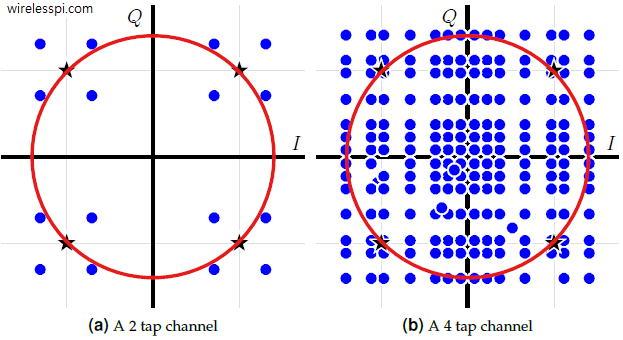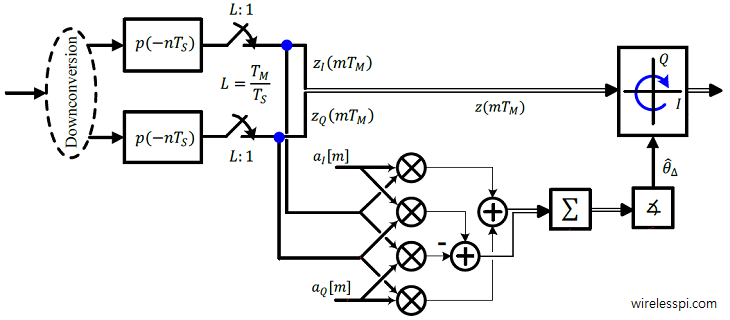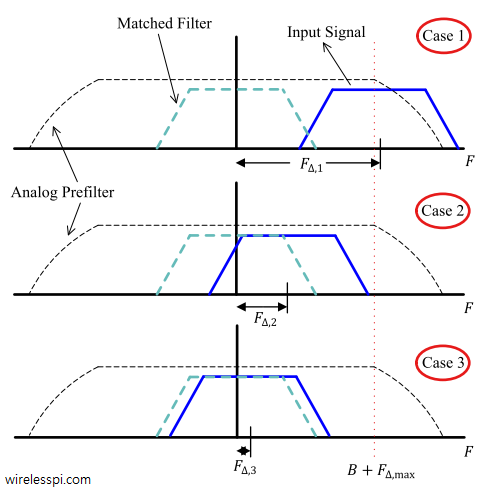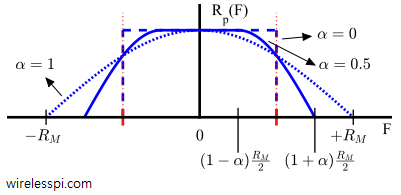In many kinds of equalizers such as maximum likelihood sequence estimation, the channel response is available at the Rx through any channel estimation procedure that requires a training sequence. For adaptive equalization such as Least Mean Square (LMS) equalizers or Decision Feedback Equalization (DFE), first the training sequence symbols and then symbol decisions are employed to tune the equalizer taps. There are many applications, however, where the Rx needs to acquire the equalizer coefficients without any help from the Tx in the form of known symbols. This is a non-data-aided scenario that is primarily required in mobile communication systems where
Continue reading



